Key Takeaways
| Key Takeaways | Why It Matters |
|---|---|
| Unmatched Resilience | Discover a plant that thrives even in neglect. |
| Air-Purifying Power | Learn how it helps maintain a fresh indoor environment. |
| Perfect Growth Conditions | How to grow a snake plant? Find out the best light, soil & water needs for thriving plants. |
| Easy Propagation Techniques | Unlock the secrets to growing more snake plants effortlessly. |
| Handling Common Issues | Get solutions to keep your plant pest-free and healthy. |
| Expert Care Tips | Discover simple tricks for maintaining a stunning snake plant. |
Unique Characteristics of Snake Plants
The snake plant also known as mother-in-law’s tongue originates from West Africa & displays a unique combination of resilient qualities & aesthetic appeal that make it a popular choice among plant lovers.
The name ‘snake plant’ comes from its tall & vertical leaves that resemble sharp edges & shape of a serpent. They belong to Sansevieria family & can survive in low light conditions while purifying air by removing toxins such as formaldehyde & nitrogen oxides.
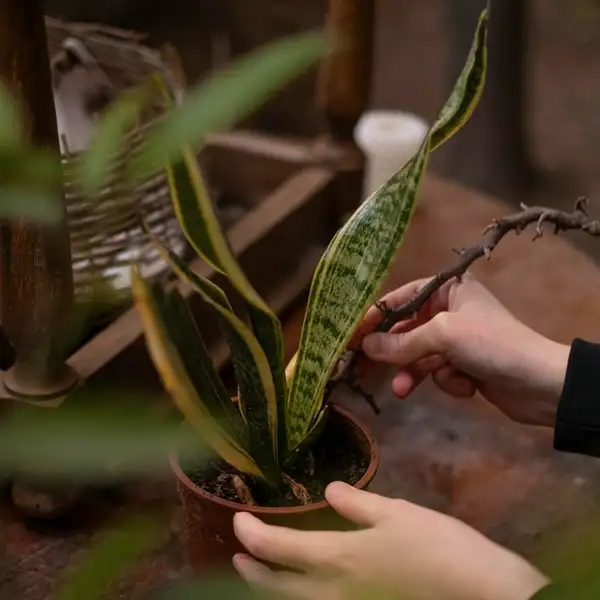
Mastering how to grow a snake plant starts with understanding its unique ability to thrive in harsh conditions, making it an ideal choice for busy individuals or beginners. While its hardiness appeals to novice gardeners, its specific growth characteristics also play a vital role in its success.
- They possess rhizomes – horizontal subterranean stems that promote new upward development which helps them spread effortlessly in every direction.
- Interestingly, these leathery-leafed plants are excellent adaptations for dry arid conditions with their thick skin shielding water reserves within.
- Snake Plants have an impressive shelf-life extending up to five years or more if cared for properly. According to one report by the University of Florida IFAS Extension,
“Sansevieria species are believed to act as good air purifiers by removing toxins (such as formaldehyde, xylene, and toluene) from the air.”
- Therefore not only does cultivating snake plants hone your gardening skills but also contributes positively toward your well-being.
6 Ideal Conditions to Grow a Snake Plant
In understanding where they hail from – semi-arid deserts – you will find ideal conditions needed for your indoor snake plant to thrive.
| Condition | Description |
|---|---|
| Light |
|
| Soil |
|
| Temperature |
|
| Watering |
|
| Humidity |
|
| Fertilization |
|
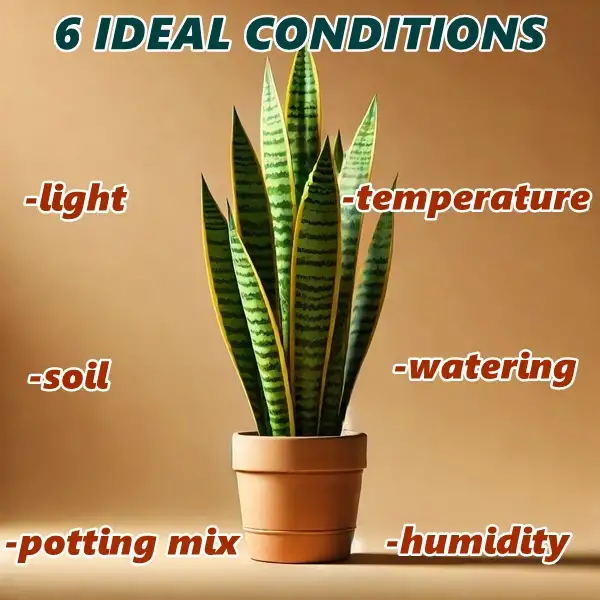
Step-by-Step Guide to Planting & Snake Plant Care
| Step | Description |
|---|---|
| 1. Choose the Right Container 🪴 |
|
| 2. Prepare Well-Draining Soil 🌱 |
|
| 3. Planting the Snake Plant 🌿 |
|
| 4. Watering Schedule 💧 |
|
| 5. Light and Placement ☀️ |
|
| 6. Temperature and Humidity 🌡️ |
|
| 7. Fertilizing 🌿 |
|
| 8. Pruning and Cleaning ✂️ |
|
| 9. Repotting 🪴 |
|
| 10. Pest Control 🐛 |
|
6 Common Problems in Snake Plant Growth
Like every other houseplant, snake plants may encounter various issues affecting their health:
| Problem | Symptoms | Causes | Solutions |
|---|---|---|---|
| Yellowing Leaves 🍂 |
|
|
|
| Brown Tips 🔥 |
|
|
|
| Drooping Leaves 😞 |
|
|
|
| Leaf Curling 🌿 |
|
|
|
| Pest Infestation 🐛 |
|
|
|
| Fungal Diseases 🍄 |
|
|
|
Often people complain about their snake plants not growing. Always Remember 1 thing, these are slow growers!
3 Expert Tips To Boost Health & Appearance of Snake Plants

Trim Snake Plants
To boost not just health but also aesthetic appeal, trim aging, yellowing, or diseased leaves at the earliest opportunity.
Remove Dust
Additionally, remove dust accumulation using a damp cloth or brush to ensure unhindered respiration and vibrant photosynthesis.
When To Repot Snake Plants
- Consider repotting when the roots start outgrowing their current pot, as this increases the risk of root choking.
- Choose a new pot that is 2” larger in diameter to accommodate the excess root flare.
- Generally, consider repotting every 2-3 years, depending on the observed growth pace. Remember, snake plants aren’t fond of frequent changes and prefer to establish themselves in a stable environment.
5 Do’s & 5 Don’ts for Snake Plant Care

As a rule of thumb, maintenance needs aren’t highly demanding, allowing most snake plants to thrive with minimal stress:
| Do’s | Don’ts |
|---|---|
|
|
1 Pro Tip: Best time to water is in early morning or late evening, avoiding direct sunlight to prevent scorching.
‘Our greatest glory is not in never falling, but in always getting up – Lao Tzu.’
Hence, even if plants sometimes seem disheartened. Don’t Worry! As usual minor tweaks to routine can bring back their lost energy & restore your happy, green family member!
Frequently Asked Questions
What is the best way to grow a snake plant?
Choose a pot with drainage holes & use well-draining, slightly acidic soil. Follow the 10 tips mentioned earlier in the detailed guide
Should you repot snake plant pups?
Yes! Separate pups with roots intact & plant them in slightly larger pots with well-draining soil.
Can you put snake plant cuttings directly in soil?
Yes! Let cuttings dry for a day then plant them in well-draining soil. Keep soil slightly moist & place in indirect sunlight until roots develop.
What does snake plant fungus look like?
Black or brown spots, sometimes with a fuzzy growth, indicate fungal infections.
How do I increase the size of my snake plant?
Give it bright, indirect sunlight, fertilize in spring & summer & use well-draining soil. Rotate plant for balanced growth.


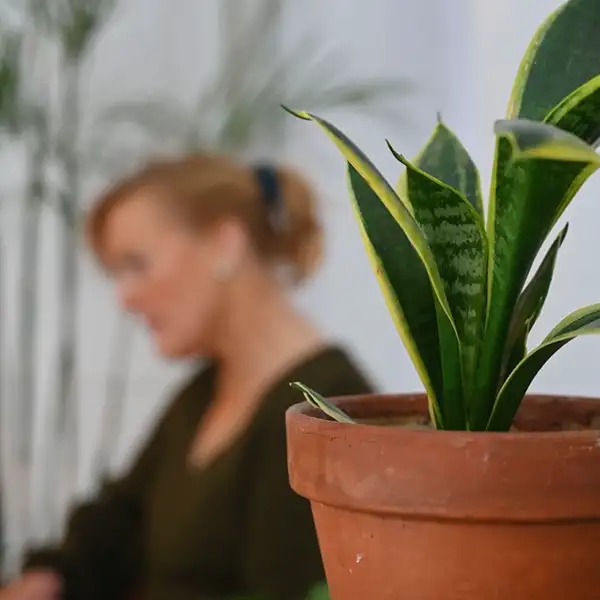
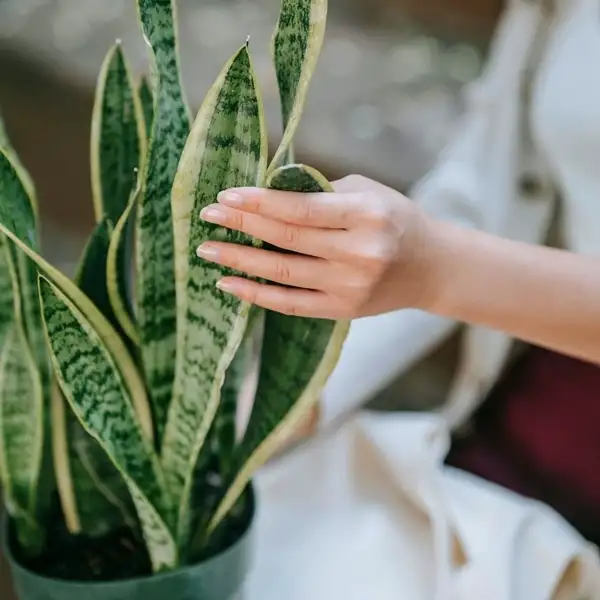
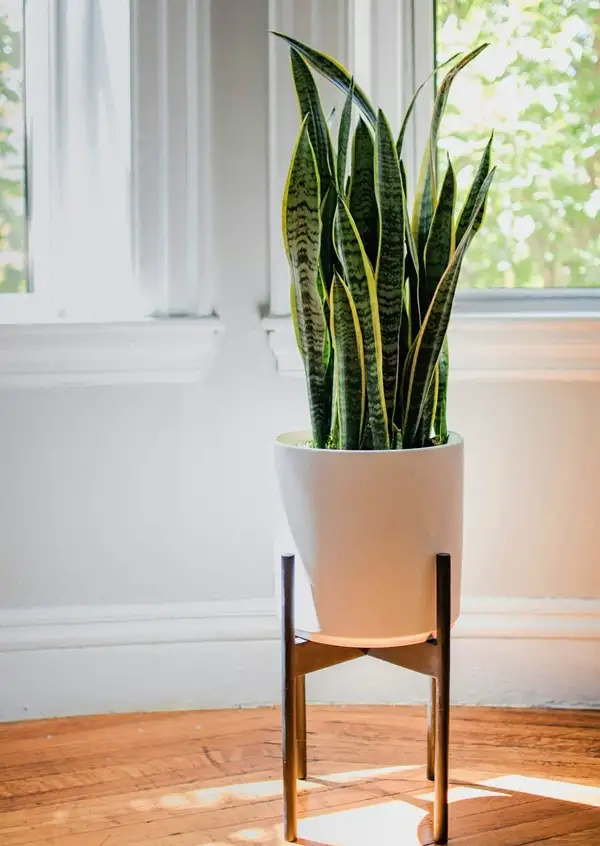
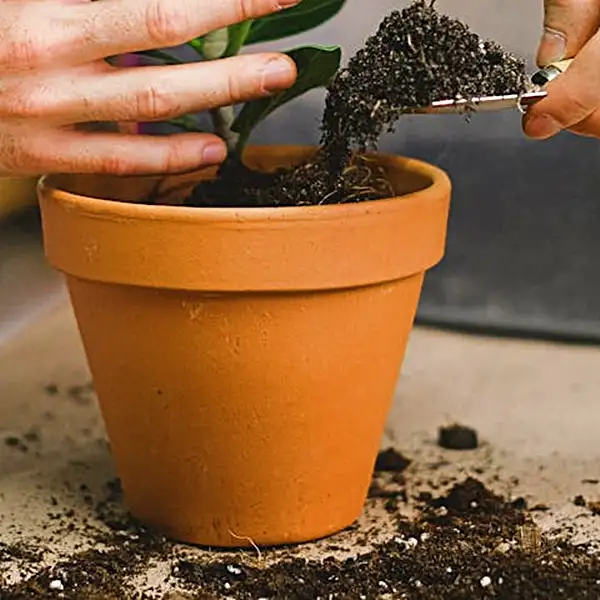

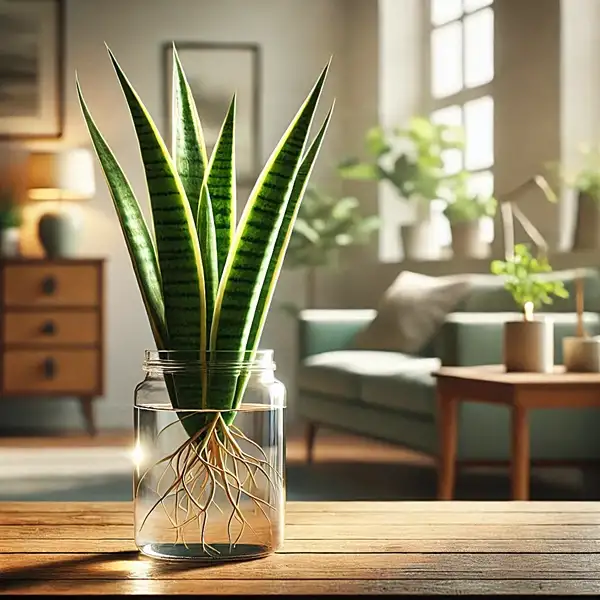

Great post, I think blog owners should acquire a lot from this site its really user friendly.
Bunch of thanks!